Ryan Moodie
Precision QCD corrections to gluon-initiated diphoton-plus-jet production at the LHC
Oct 13, 2022



Abstract:In this thesis, we present recent advances at the precision frontier of higher-order quantum chromodynamics (QCD) calculations. We consider massless two-loop five-point amplitudes, with a particular focus on diphoton-plus-jet production through gluon fusion. We build a library of infrared functions up to at most next-to-next-to-leading order (NNLO) in QCD, which can be used to validate amplitudes and construct counterterms in subtraction schemes at NNLO. We review progress in the novel use of machine learning technology to optimise the evaluation of amplitudes in hadron collider simulations. We present the full-colour virtual QCD corrections to diphoton-plus-jet production through gluon fusion, discussing the new techniques developed to calculate these non-planar two-loop amplitudes. We use these amplitudes to compute the next-to-leading QCD corrections to the differential cross sections of diphoton-plus-jet production through gluon fusion at the Large Hadron Collider. We also present the leading-colour double-virtual corrections to hadronic trijet production. All derived amplitudes are made available in a public implementation that is ready for further phenomenological application.
Optimising hadronic collider simulations using amplitude neural networks
Feb 09, 2022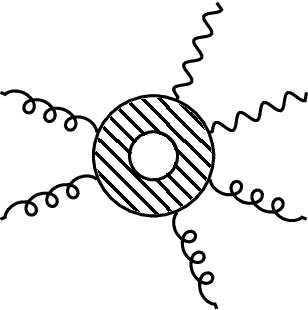
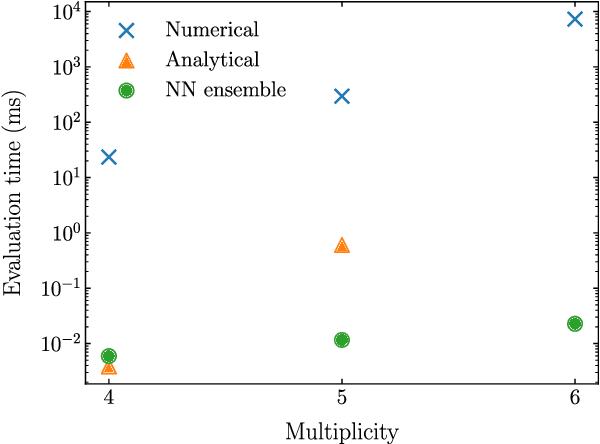

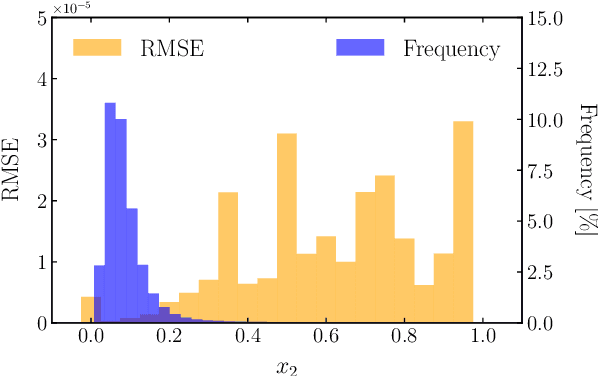
Abstract:Precision phenomenological studies of high-multiplicity scattering processes at collider experiments present a substantial theoretical challenge and are vitally important ingredients in experimental measurements. Machine learning technology has the potential to dramatically optimise simulations for complicated final states. We investigate the use of neural networks to approximate matrix elements, studying the case of loop-induced diphoton production through gluon fusion. We train neural network models on one-loop amplitudes from the NJet C++ library and interface them with the Sherpa Monte Carlo event generator to provide the matrix element within a realistic hadronic collider simulation. Computing some standard observables with the models and comparing to conventional techniques, we find excellent agreement in the distributions and a reduced total simulation time by a factor of thirty.
Optimising simulations for diphoton production at hadron colliders using amplitude neural networks
Jun 25, 2021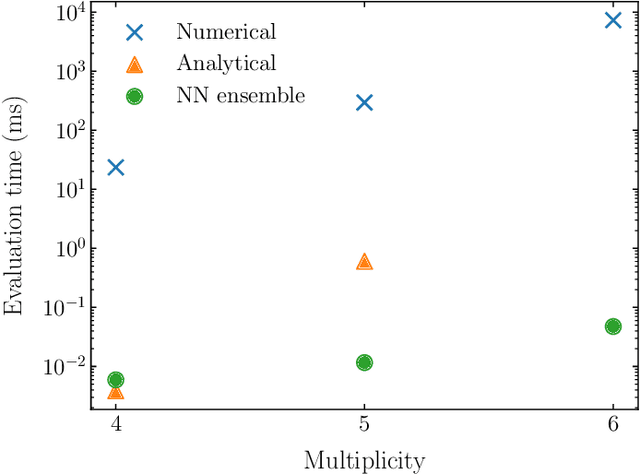

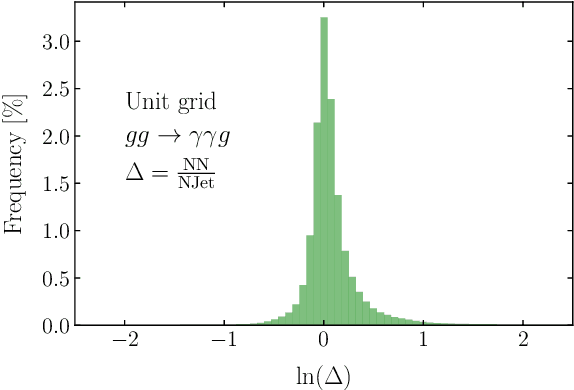
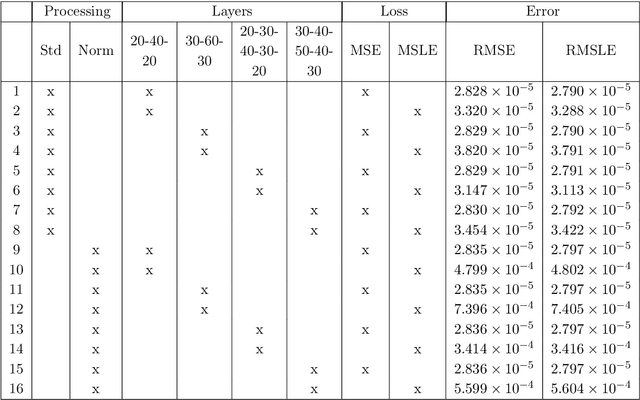
Abstract:Machine learning technology has the potential to dramatically optimise event generation and simulations. We continue to investigate the use of neural networks to approximate matrix elements for high-multiplicity scattering processes. We focus on the case of loop-induced diphoton production through gluon fusion and develop a realistic simulation method that can be applied to hadron collider observables. Neural networks are trained using the one-loop amplitudes implemented in the NJet C++ library and interfaced to the Sherpa Monte Carlo event generator where we perform a detailed study for $2\to3$ and $2\to4$ scattering problems. We also consider how the trained networks perform when varying the kinematic cuts effecting the phase space and the reliability of the neural network simulations.
 Add to Chrome
Add to Chrome Add to Firefox
Add to Firefox Add to Edge
Add to Edge